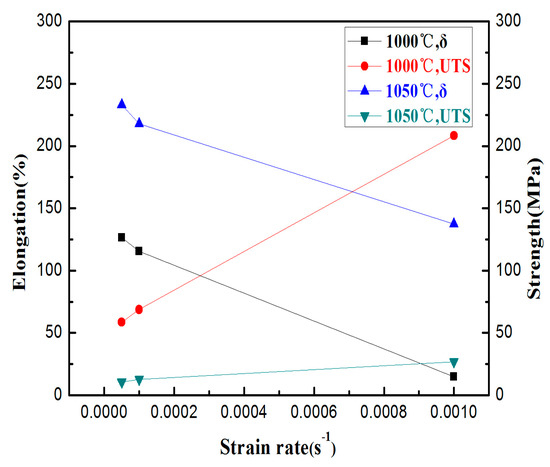Concrete Microstructure Properties And Materials Pdf Printer
Kumar Mehta ISBN: 870 Genre: Technology & Engineering File Size: 76. 15 MB Format: PDF, Docs Download: 495 Read: 323 'THE MOST COMPREHENSIVE AND CURRENT GUIDE TO THE PROPERTIES, BEHAVIOR, AND TECHNOLOGY OF CONCRETEThis thoroughly updated edition contains new information on: Recently built construction projects worldwide Shrinkage-reducing admixtures Self-consolidating concrete, pervious concrete, internal curing, and other cutting-edge innovations Modeling of ice formation and alkali-aggregate reaction in concrete Environmental impact of concrete Each chapter begins with a preview of the contents and ends with a self-test and a guide for further reading. More than 300 drawings and photographs illustrate the topics discussed in this definitive text on concrete.Comprehensive coverage includes: Microstructure of concrete Strength Dimensional stability Durability Hydraulic cements Aggregates Admixtures Proportioning concrete mixtures Concrete at early age Nondestructive methods Progress in concrete technology Advances in concrete mechanics Global warming and concrete in the future '. Author: Satish Chandra ISBN: 515 Genre: Technology & Engineering File Size: 35. 87 MB Format: PDF Download: 730 Read: 670 The environmental aspects involved in the production and use of cement, concrete and other building materials are of growing importance.

Home >The Palace Of Illusions Pdf Printer there. Concrete: Microstructure, Properties, and Materials, Fourth Edition Concrete: Microstructure, Properties, and Materials, Fourth Edition. Lexmark 2300 Printer Driver Download. Free concrete microstructure properties and materials Pdf Books For Download free.
CO2 emissions are 0.8-1.3 ton/ton of cement production in dry process. SO2 emission is also very high, but is dependent upon the type of fuel used. Energy consumption is also very high at 100-150 KWT/ton of cement produced. It is costly to erect new cement plants. Substitution of waste materials will conserve dwindling resources, and will avoid the environmental and ecological damages caused by quarrying and exploitation of the raw materials for making cement. To some extent, it will help to solve the problem otherwise encountered in disposing of the wastes.
Partial replacement of clinker or portland cement by slag, fly ash, silica fume and natural rock minerals illustrates these aspects. Partial replacement by natural materials that require little or no processing, such as pozzolans, calcined clays, etc., saves energy and decreases emission of gases. The output of waste materials suitable as cement replacement (slags, fly ashes, silica fumes, rice husk ash, etc.) is more than double that of cement production. Download Driver May In Hp Laserjet 1160 Cho Win 7 64bit on this page.
These waste materials can partly be used, or processed, to produce materials suitable as aggregates or fillers in concrete. These can also be used as clinker raw materials, or processed into cementing systems. New grinding and mixing technology will make the use of these secondary materials simpler. Developments in chemical admixtures: superplasticizers, air entraining agents, etc., help in controlling production techniques and, in achieving the desired properties in concrete. Use of waste products is not only a partial solution to environmental and ecological problems; it significantly improves the microstructure, and consequently the durability properties of concrete, which are difficult to achieve by the use of pure portland cement. The aim is not only to make the cements and concrete less expensive, but to provide a blend of tailored properties of waste materials and portland cements suitable for specified purpose.